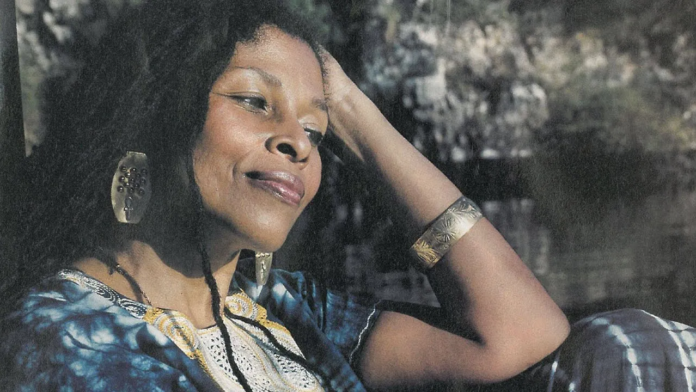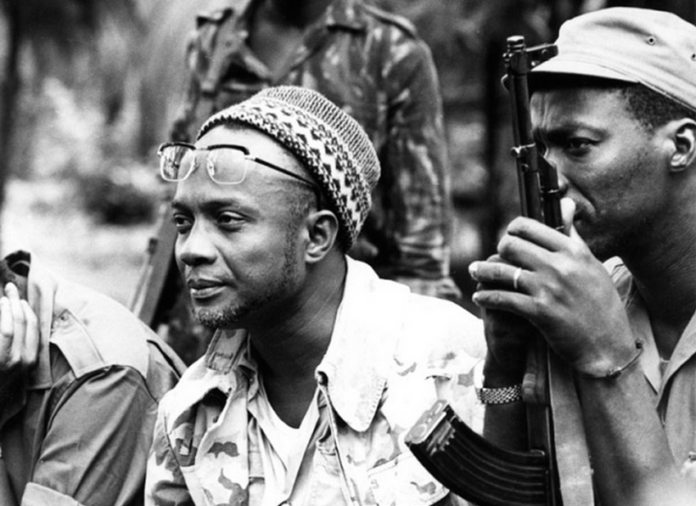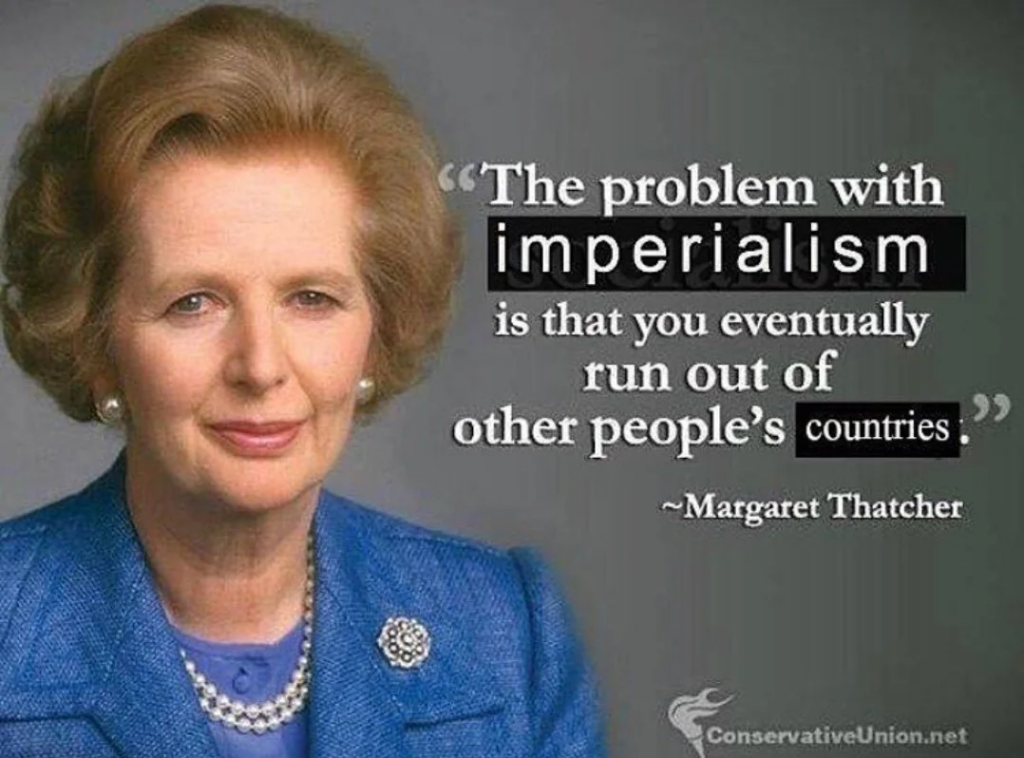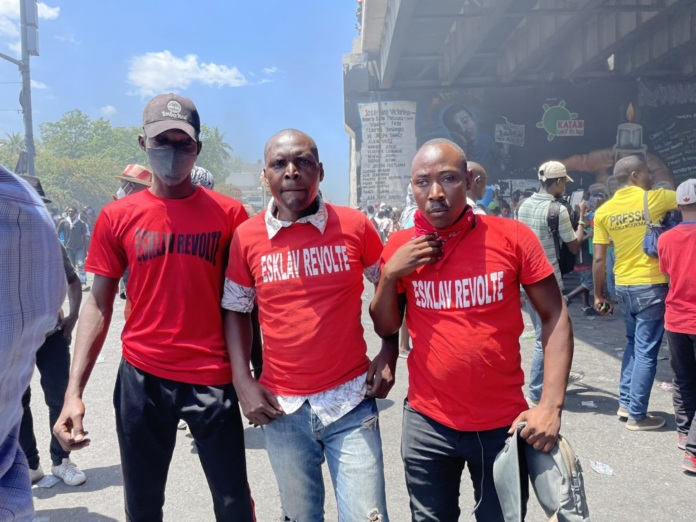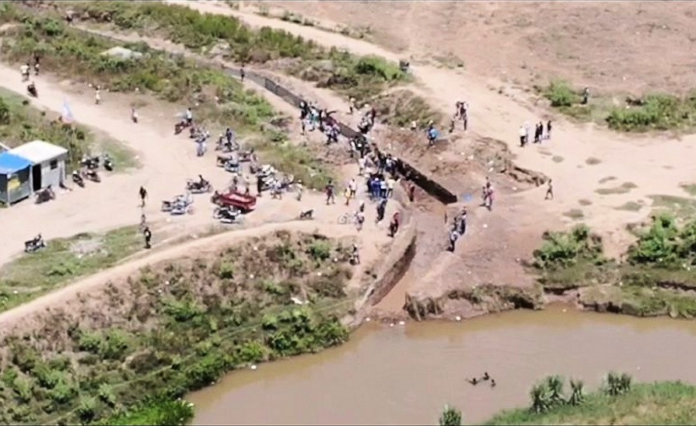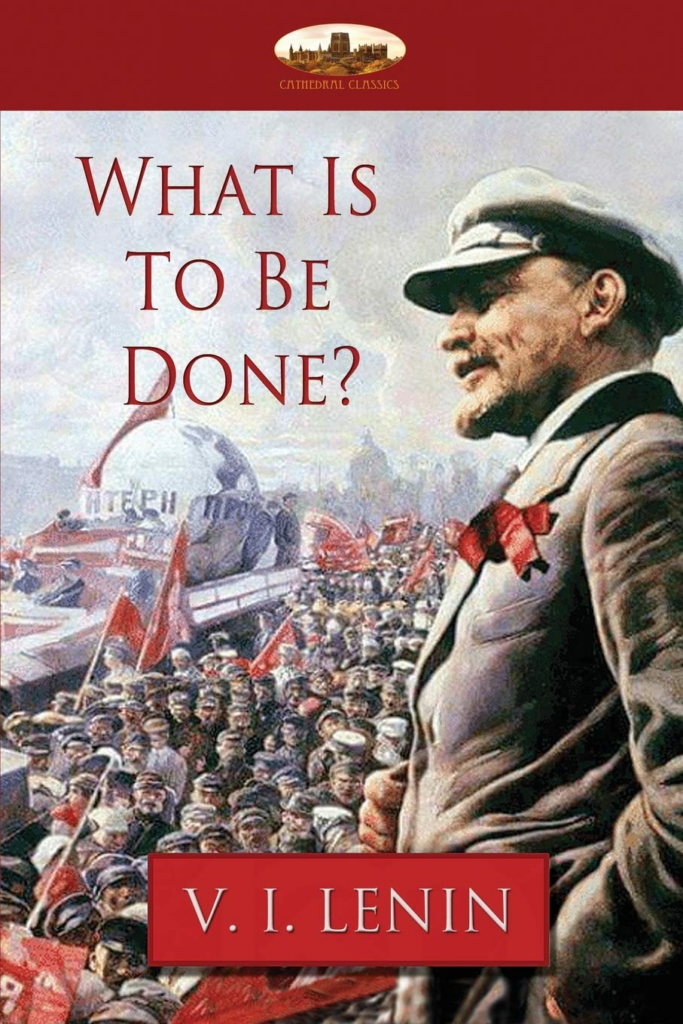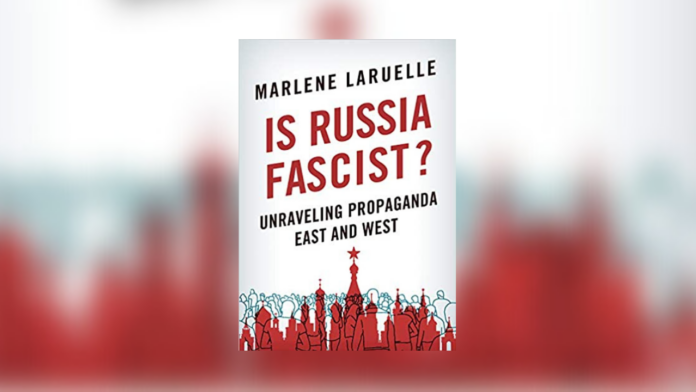Originally published at Counter Punch on September 21, 2023
Last week, headlines across the Dominican Republic accused Haiti of “illegally building a canal” that will divert waters from The Massacre River.[1] Dominican president Luis Abinader and his administration took swift actions, supposedly in retaliation for the ongoing construction, closing the border and denying all visas to Haitians. On Friday, the largest transportation union in Santo Domingo announced no Haitian is allowed to travel on buses, taxis or any public transportation. The statement, translated in its entirety below, reads like something straight out of the Bull Connor playbook, warning that “Haitians are a security risk…and in most cases carry knives & work tools.” Due to concerns about international pushback, the Dominican government was forced to walk back their position and a separate employee on each bus is now checking every Haitians’, or anyone perceived as Haitian, legal documents.
This is the first time the Dominican government closed the border since November 2021 when Port-au-Prince was engulfed in gang warfare and paramilitary gang violence against civilian communities. There are three border crossings, all of which are multiple hours away from the violent hellscape that is Port-au-Prince. The proxy gang war has intensified, and 2.5 million Haitians are trapped in the capital city as warring, marauding paramilitary factions burn down stable, working-class communities, raping, pillaging and massacring neighborhoods with rich traditions of resistance. The images are too ghastly to show, but a generation comes of age seeing horrific violence to a point where they have been desensitized and demoralizing. The revolutionary movement MOLEGHAF teaches its young militants: “Comrades you will not share Black Death Pornography on WhatsApp. We build our people’s self-esteem, not destroy it.”[2]
This manufactured “canal crisis” has nothing to do with a river and everything to do with opportunistic politicians, nationalism and the pending U.S.-sponsored foreign invasion and occupation of Haiti. Luis Abinader has traveled to the United Nations this week to further advocate for a Core Group invasion of Haiti. Closing the border and deporting thousands of Haitians adds more gasoline to the already existing conflagration and takes away an important economic escape valve and source of remittances. With the effective indoctrination campaign emanating from the mainstream Dominican and U.S. media, it is important to provide a counter-hegemonic narrative that contextualizes this fabricated showdown that pits two oppressed people against one another.
A Battle over Narratives
The dominant narrative the Dominican media is spinning is that the Haitian government and rich Haitian businessmen are diverting the water of El Rio Masacre to develop their own agricultural project. On the Haitian side of the border, masses of dispossessed farmers and everyday people have mobilized in hopes of distributing the water through a tributary that will irrigate their farms. From the Haitian popular perspective, this is a kombit, or collective work, to build something beneficial for the most marginalized.[3] Masses of people have come from around the northeast of Haiti to support the engineers and technological experts who are finishing the construction. For a nation bracing to endure the fourth U.S.-led, foreign invasion and occupation, the tributary has emerged as something to believe in.
Who owns the central arteries of the Dominican media? Like any loyal neocolony, an elite group of families own and manage the media apparatus. Bonetti, Marranzini, Corripio and Vicini are some of the biggest, billionaire (or almost billionaire) last names in DR who have inordinate influence over the manufacturing of consent. Given that “the ruling ideas of a given epoch are those of the ruling class,” it is clear why the Dominican masses see Haiti, Haitians and the Haitian revolution through the eyes of their oppressors. For example, it is widely accepted across the country of over 11 million people that the Haitian slave general and liberator, Jean Jacques Dessalines, was nothing more than “a wild, vengeful Black man who sought to kill all whites.” This is the symbolism and imagery that constitute for several generations, the manufactured “Dominican pesadilla (nightmare).”
Haiti’s politicians have been both incapable and uninterested in responding to the paramilitary gang’s destruction of neighborhoods and displacement and slaughter of tens of thousands of families. Opposed to the puppet Core Group lackey Ariel Henry, some of the politicians who were part of the former parliament are joining the patriotic parade to the border as it has become a populist cause. Grassroots activists have decried the motives of opportunistic politicians on both sides of the border which at times appears to enter into the theater of the absurd. It is even rumored that some of the most ruthless warlords like Kempes in Belè and Ti Lapli in Gran Ravin have pledged to stop raping, burning, plundering and murdering in Port-au-Prince to support the construction of the canal.
The Centrality of History
History is contested ground. The class forces in power use their own version of history and manipulate it in order to promote myths that advance their interests. The ruling class’ “take” then becomes the accepted version of events.
The Dominican nationalist version of history paints the western 1/3rd of the island, Haiti, as a dark specter that seeks to “re-invade the peaceful, democratic” Dominican nation, which must protect itself at all costs. The reality is the opposite; Haitians have been the victims of Dominican state-sponsored racism, forced displacement, and massacres. In October 1937, Dominican dictator Rafael Trujillo oversaw a week-long extermination campaign along the border. More than an estimated 20,000 Haitians were murdered in the “Parsley massacre,” and thousands more were displaced. Anyone who could not pronounce the word parsley in Spanish, “perejil,” with its rolling r, was hacked to death. Rayanos, or mixed people who were bilingual in Spanish and Kreyòl and grew up around the border, at the intersection of both cultures, were also murdered.
The Dominican Republic is the only oppressed nation that celebrates its “independence” from another oppressed nation. The DR has two days to celebrate their independence, February 27th, when they separated from Haiti in 1844 and August 16th, when General Gregorio Luperón led the defeat of the Spanish empire in 1865 in what is known as the War of Restoration. The Dominican mis-educational system has lied about this history. For example, in 1822 Haitians sought to unite the island against French, Spanish and English colonialism and reenslavement. The ancestors of the Haitians freed the slaves on the Spanish Empire’s side of the island and broke up the Catholic church’s monopoly on land. Emerging Dominican oligarchs resented the Haitian unification of the island against white supremacy and created myths that are widely believed in DR today and even taught in the schools. For example, there are cliches repeated everyday about Haitian soldiers from 1822-1844 tossing Dominican babies in the air and chopping them up with machetes. There are individual Dominicans and a movement in solidarity with Haiti but it is relatively fractionalized and weak these days versus two decades ago because of ideological and state repression. Dominican scholar Professor Silvio Torres-Saillant emphasizes that “many of his descendents, specifically the darker-skinned ones lived much better with the arrival of the Haitians than before.”
Dr. Lorjia García-Peña’s The Borders of Dominicanidad: Race, Nation, and Archives of Contradiction is a deep dive into this history of anti-Haitianismo and anti-Blackness. Dominican oligarchs, who are mostly Spanish-descended elites have successfully flipped history on its head. They have cast themselves as the victim and conveniently glossed over the true culprits of a blood-curdling history. Today, extreme Dominican nationalists invoke Trujillo’s memory and remember the massacre with nostalgia. The battle over history continues to be a vital part of the class struggle and the anti-imperialist struggle.
Beyond a Canal
On Feb. 20, 1929 representatives of the Haitian and Dominican government signed “The Treaty of Peace, Perpetual Friendship and Arbitration.” This treaty “established the right of the two nations to use the waters of the rivers that are in the border area in a fair and equitable manner” and “that the work being carried out on the Massacre or Dajabón River for water capture does not consist of a diversion of the watercourse.” Context is important here. In 1929, Haiti was still occupied by thousands of U.S. marines and these same marines had only recently left DR in 1924 after establishing a pliant National Guard with the infamous Rafael Leonidas Trujillo at its head. Jovenel Moise and Luis Abinader recognized the language of this treaty in a meeting in 2021. It was only the U.S.-backed assassination of Moise that stopped this infrastructure project.
Suddenly, last week, president Abinadar decided to take such drastic measures over a tributary? As Port-au-Prince experiences its worst violence, since arguably 1803 when General Leclerk and Napoleon applied a scorched earth strategy to Haiti in hopes of renslaving its population, the Dominican government expresses rage over a canal? What is the real reason this disagreement over the use of the 55 kilometer river has exploded into a crisis of diplomatic proportions?
Nationalism. Votes. Social control. Scapegoating.
The Dominican state has mobilized for a war. But a war against who? A corrupt non-existent neocolonial Haitian state? Against hundreds of thousands of internal refugees? Against farmers who finally have an infrastructural project that could bring them some relief? Against murderous gangs that have received some half a million high-grade weapons trafficked illegally from the United States?
3,000,000 Dominicans still live under the poverty line (measured as a family of 3 surviving on less than $370 dollars per month). 2.5 million Dominicans have already fled their homeland as economic refugees, roughly half to New York City. With municipal and presidential elections slated for next May, Abinader and his ruling Partido Revolucionario Moderno (PRM) are posing as “the defenders of the nation.”
Dominican opinion-molders do more to obfuscate the situation than provide any clarity. They take video clips, like this one of the Haitian masses cheering on police headed to protect the building of the canal, as incontrovertible proof that the “savage” Haitians seek to invade their homeland. This manufactured uproar over local farmers in the northeast of Haiti accessing water is a straw man argument, a fallacy and distraction to again paint Haiti as the aggressor nation. Politicians with reelection aspirations and talk show hosts searching for sensationalism and click bait are cashing in on this moment to be “patriotic.” Blaming and attacking Haitians in DR is as common as Trumpian scapegoating tactics here in the U.S. El Anti-Haitianismo, an anti-Haitian ideology of sensationalism and violence, is the unofficial religion of the Dominican ruling class. Many true Dominican patriots and anti-imperialists have asked why doesn’t our state mobilize to protect and nationalize the U.S. and Canadian exploited gold in Cotuí, the nickel in Bonao, the tobacco of El Cibao, the U.S.-run sweatshops and tourist industry and all of the natural resources plundered by foreign powers?
The Dominican Republic is not a monolith
While nationalist tempers have flared, the ruling political cliques are divided on the question of closing the border.
Former president Leonel Fernandez, his political party Fuerza del Pueblo and an array of unions and civil society organizations have critiqued the border closure from day one and the impact it will have on the Dominican economy. According to Ariel Fornari, a retired military intelligence officer and political analyst in Santiago, “barely hours after Abinader’s intemperate and precipitous border closure decision, many Dominican patana drivers (18-wheeler flatbed semis), complained to the press about the border closure holding up their long lines of trucks with tons of cement sacks bound for Haiti.” Fornari went on to report: “There are entire sectors of the Dominican econòmy, agricultural and construction sector, which are almost exclusively dependent on Haitian labor. Some Dominican economists estimate that the Haitian diaspora’s contribution to D.R.’s tax base via the ITBIS (VAT) is in the hundreds of millions of dollars annually.”
Haiti is the Dominican Republic’s third biggest trading partner. Small merchants and vendors are the most impacted by the border closure. Per year there is over $1 billion in exports to Haiti and $11 million in imports. This does not include the hundreds of millions of dollars in informal trade at the border. Chino Villalona, longtime community leader in Dajabón told the author this morning: “The Haitians and their canal are not the threat. We don’t believe in extreme decisions. The threat are U.S. and Canadian companies who steal our natural resources and are building a mine now to further exploit us.”
Haitian and Dominican Solidarity
It is important to highlight the often unknown and downplayed instances of solidarity between the two nations.
As a blockaded, maroon state that defeated the French empire in 1804, Haiti supported liberation movements throughout the hemisphere. Simón Bolívar and the anti-colonial movement in El Gran Colombia looked to Haiti for arms and support. Venezuelan freedom fighters sewed and flew their first flag in Jacmel, Haiti in 1803 as Francisco de Miranda prepared his anti-colonial expedition to confront Spain. They supported their one-time adversary, the Dominican mulatto general, Francisco del Rosario Sanchez, against Spain’s next round of encroachments. The great Cuban revolutionary José Marti set sail from Haiti when he set out to fight for Cuban independence from Spain.
A century before Ernesto “Che” Guevara was born, the Haitians were the original internationalists. A century before the blockade against Cuba, Haiti was already sanctioned.
The influence of the Haitian revolution was also felt throughout the United States. The southern slavocracy trembled before the idea that slaves could fight back and win. Denmark Vessey ─ a slave born in the West Indies and forced to travel to the South as the assistant of a slave trader ─ led a historic revolt of slaves in Charlestown, North Carolina. He wrote to Haitian President Boyer in hopes of expanding the insurrection across the southern states. During periodic, xenophobic round-ups throughout Dominican history, many Dominican families ─ risking their own lives ─ have hidden Haitians who were escaping the machete and gun-wielding military. The 23-year-old poet Jacques Viaux and other Haitians fought and died alongside Dominican revolutionaries in the “constitutional war” of April 1965, resisting the invasion of 42,000 U.S. Marines sent to squash a movement for popular democracy. When Haitians were forced to flee U.S.-backed coups against the democratically elected president Jean Bertrand Aristide in 1991 and 2004, the Dominican solidarity movement received them. The Dominican Republic was the first country to respond to the 2010 earthquake that rocked Port-au-Prince. When the prior government of Danilo Medina passed the law 168-13 in 2013, denying more than 200,000 Dominicans of Haitian descent citizenship, a multinational movement led by both the Dominican and Haitian communities, in the D.R. and the U.S., organized to overturn the law. Today there are many left-minded organizations in Haiti who support the Dominican, South American and global resistance movements.
Trapped
Officially there are 579,933 Haitians in DR which constitutes 5.6 percent of the total Dominican population. The nationalist discourse inflates this number by 10 to exaggerate “the fifth column” claims. What does all of this political grandstanding mean for them?
There is a history of harassment, bullying, extortion and violence against Haitians in DR by the police, the military and civilians. If an individual Haitian is accused of being a thief, the punishment is often collective against all Haitians. If an individual Dominican robs or attacks a Haitian, that is considered by most business as usual. The General Direction of Migration (DGM) reports deporting roughly 60,000 “illegal Haitians” every 6 month period. The police trample on families’ dignity and rights, even separating children from their parents. While many on the Dominican side will claim they are victims of Haitian crimes, the truth is always concrete. El anti-Haitianismo is a one way street of violence against the most vulnerable and downtrodden. Understanding the violence meted out by white supremacists, both covert and overt, in the U.S. against Black America is an oversimplified but fair enough historical analogy.
The biggest public transportation union in Santo Domingo (FENATRANSC) has announced that no Haitian is allowed to get on a bus, public motorcycle or taxi. Any Dominican driver who picks up a Haitian will be punished. Union president Mario Díaz said: “We have prohibited the transportation of people of Haitian nationality in our vehicles, whether undocumented or not, both in Greater Santo Domingo and in the other provinces of the country, as of next Monday, for security reasons and because Haitians have become a very risky problem for us and the passengers…It would be prudent for all transport unions in our country to take the same measure as us, since the safety of our inhabitants is at risk & those Haitians who travel daily in any vehicle unit, in most cases carry knives & work tools.” Though the union had to partially walk back their apartheid policy, the racist language speaks for itself.
There are thousands of Dominican families and Rayano families (mixed descendancy) who can testify to the culture of anti-Haitian fear, extortion and violence on the Dominican side of the border. Since 1998, the author has crossed that border dozens of times and sought to document the humiliating stop and frisks, robberies and human rights violations of Haitians. There was never any disrespect or disorder on the Haitian side of the border. Crossing was always calm. These are the Dominican Republic’s dirty little secrets which the oligarchs and politicians want to cover up but the Dominican people have been participants in and witnesses to the abuses of Haitian immigrants for decades. This is the ultimate fear. The usual demagogues are riling up nationalist feelings which will lead to more state and individual hate crimes against Haitians.
On Wednesday, President Abinader will travel to the United Nations and on the sidelines meet with Kenyan President William Ruto who has pledged to spearhead the next invasion of Haiti. The Core Group countries, led by the U.S., Canada and France, have sought to use first the Bahamas, then Jamaica or another Caricom nation, and now Kenya to lead what will be the fourth foreign occupation of Haiti in 100 years. The imperialist invasion, in blackface, is not the solution for Haiti. Only a solution where Haiti’s diverse social actors are empowered to choose their own non-aligned, international partners could be a step in the right direction of Haitians exercising their own self-determination. As long as Haiti is under the boot of U.S. domination, paramilitary gangs will continue to dominate life in Port-au-Prince and Haiti will hemorrhage its children to lands far from home where they face a precarious, apartheid-like existence. Malgre tout defi lakay se lakay.[4]
Notes.
1. The river is called the Dajabón River by many in the Dominican Republic. It earned the name Massacre river because of a battle between competing colonial powers in 1728. The 1937 massacre of over 20,000 Haitians in the area by the Trujillo dictatorship is covered later in the article. ↑
2. Partial List of Leftist, Anti-Imperialist Organizations in Haiti
MOLEGHAF: Mouvman pou Libète Egalite sou Chimen Fratènize Tout Ayisyen
OTR: Òganizasyon Travayè Revolisyonè
SOFA: Solidarite Fanm Ayisyen
Rasin Kanpèp
Konbit Òganizasyon Politik ak Sendikal yo
Tèt Kole Ti Peyizan
KOMOKODA: Committee to Mobilize Against Dictatorship in Haiti (based in Brooklyn)
Sèk Gramsci
JCH Jeunesse communiste haïtien
Sèk Jean Annil Louis-Juste
Jounal revolisyonè: La Voix des Travailleus Revolutionaire
Haiti Action Committee (based in San Francisco)
Batay Ouvriye
Platfòm Ayisyen Pledwaye pou yon Devlopman Altènatif
SROD’H: Syndicat pour la Rénovation des Ouvriers d’Haïti
ROPA: Regwoupman Ouvriye Pwogresis Ayisyen
OFDOA :Oganizasyon Fanm Djanm Ouvriye Ayisyen ↑
3. All words from Haiti are in the native Kreyòl, not French, the language of the colonizer. ↑
4. Haitian proverb: No matter what, home is home. ↑
